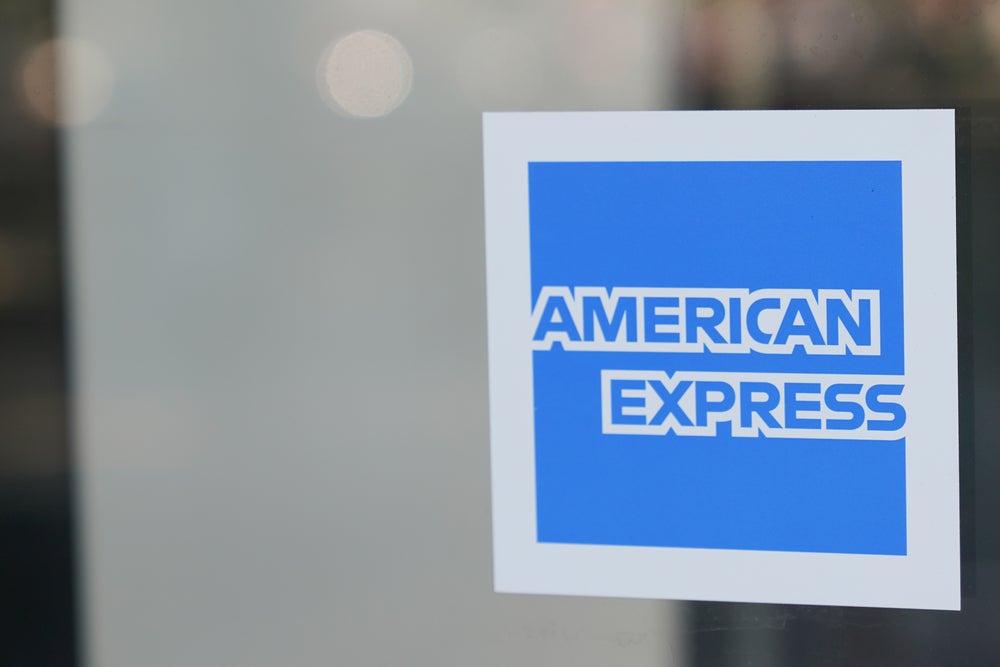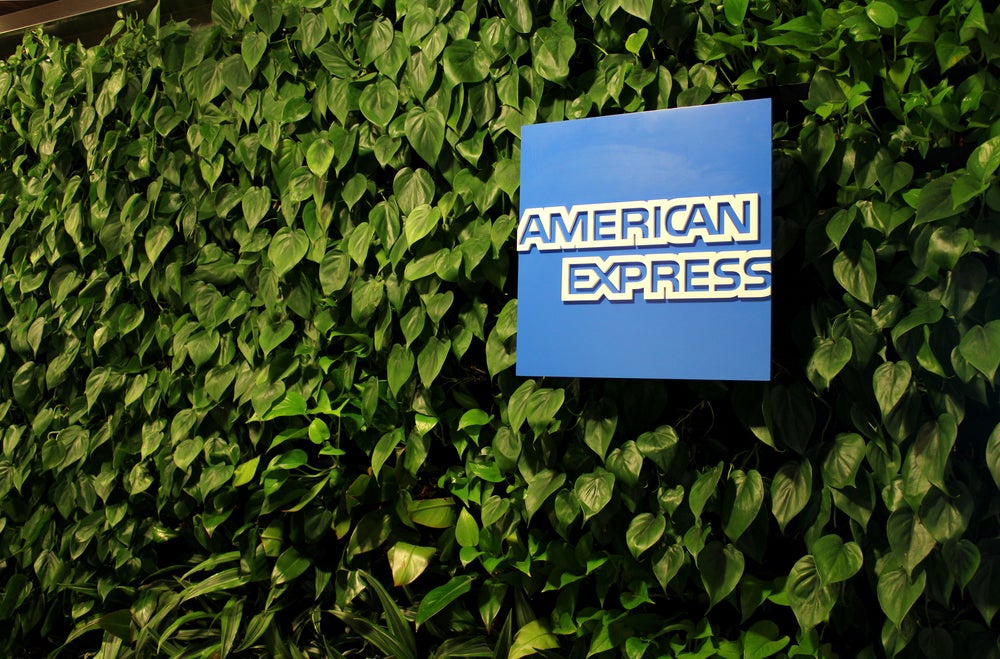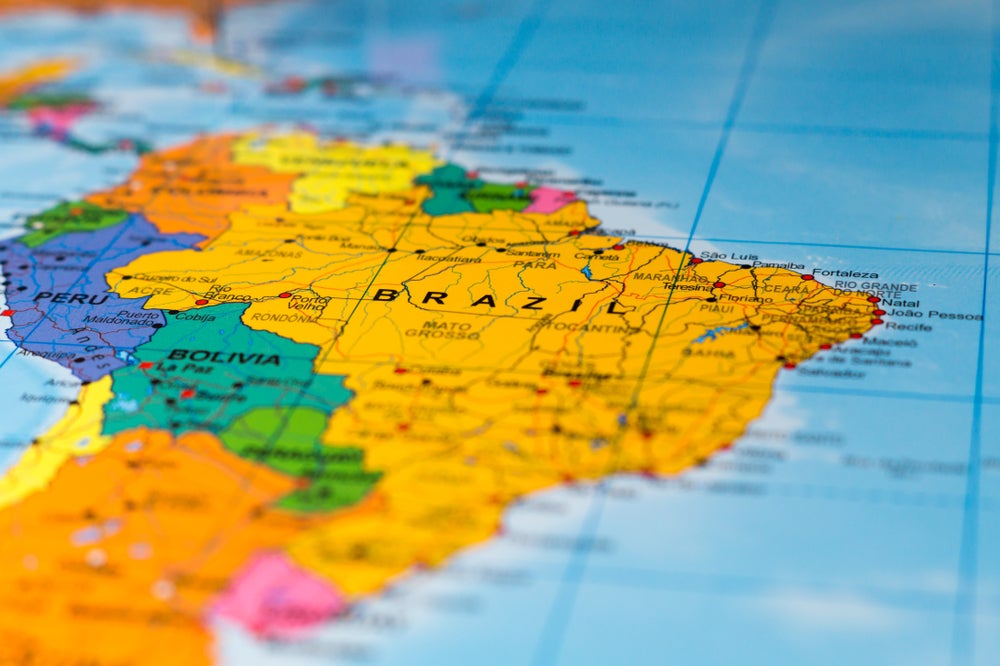Over the past two decades, electronic payments have
gradually displaced paper-based payments as the preferred means of
transacting in the US, particularly among consumers. Now, the
increasing popularity of debit card payments is accelerating this
well-entrenched trend, as Victoria Conroy reports.
For two decades, electronic payments in
the US have been steadily gaining ground as the favoured means of
non-cash payments and, in terms of transaction volumes, have
overtaken the once dominant cheque. According to the Federal
Reserve (Fed) the number of electronic payments exceeded cheque
payments for the first time in 2004, having been about equal in
2003.
The decline in paper cheque transactions has
gathered pace in recent years largely due to a surge in the
conversion of cheques into automated clearing house (ACH) debits,
the primary driver of which is the Check Clearing for the 21st
Century Act – better known as Check 21 – implemented in October
2003.
Additionally, further impetus was provided by
changes to fee schedules for services provided to depository
institutions by the Fed. On 2 January 2008, a 12% increase in fees
on paper cheque deposits came into force while fees on cheque
deposits destined to electronic recipients were lowered by 3%. Fees
on other electronic payment services were cut by 8%.
Notably, one of the fastest declines in the use
of cheques has been seen in payments by the US government
itself. According to the Fed, government annual cheque payments in
1990 comprised 547m cheques for a total value of $623bn . By
2000, these figures were 262bn and $283bn respectively, and
by 2009, 202bn and $312bn respectively (the smaller number of
cheques corresponds to a higher average cheque amount).
How well do you really know your competitors?
Access the most comprehensive Company Profiles on the market, powered by GlobalData. Save hours of research. Gain competitive edge.

Thank you!
Your download email will arrive shortly
Not ready to buy yet? Download a free sample
We are confident about the unique quality of our Company Profiles. However, we want you to make the most beneficial decision for your business, so we offer a free sample that you can download by submitting the below form
By GlobalDataMany government welfare disbursement
programmes, such as pensions and social security programmes, have
been migrated to prepaid cards over the last decade, replacing
paper-based cheque disbursements.
According to 2008 data, the proportion of
cheques that were truncated (and presented as a substitute cheque
or electronic image) had reached over 40% by early 2007, with the
number of cheques presented electronically having tripled over the
previous year, highlighting the dramatic change allowed by Check
21.
Cheques unlikely to
disappear
However, cheques are unlikely to
disappear any time soon, given that they are still a convenient way
to initiate some payments.
Less than three-quarters of employees receive
their pay cheques via direct deposit, according to a new study from
the National Automated Clearing House Association (NACHA), which
found that 27% of employees still receive paper pay cheques, and
the primary factor for doing so is that the employer does not offer
direct deposit. This figure is all the more remarkable in that in
other developed countries, the figure is nearly 100%.
According to NACHA, companies can save anywhere
from $2.87 to $3.15 per payment by using direct deposit instead of
paper cheques. In addition, employees spend between 8.5 and 24
hours per year going to the bank or credit union to cash or deposit
their pay cheques, an activity which accounts for an estimated $3bn
to $5bn loss in productivity annually.
The lack of direct deposit payroll is mostly
concentrated within the small business community – only 37% of
those using direct deposit are from small businesses or individual
employers, while 63% are from mid- to large-size organisations.
Separate research from NACHA found that in
2009, ACH payment volume increased by more than 475m
transactions compared to 2008, bringing year-end total transaction
volume to 18.76bn , a 2.6% increase over 2008 activity.
Year-over-year comparisons demonstrated strong volume increases in
ACH native electronic payments – direct deposit, consumer internet
transactions, and B2B transactions – and in back office cheque
conversion.
While ACH volume continues to increase,
unauthorised debits have been on a multi-year downward trajectory.
The number of ACH debits returned as unauthorised in 2009 declined
9.6% over 2008. These transactions constitute 0.02% of total
network volume.
ACH native electronic payments (non-cheque
conversion transactions) increased by 4.15% in 2009, showing an
increased preference for non-cheque, fully-electronic, payment
options. These payments constituted 12.19bn transactions on the ACH
Network. Direct deposit continues to deliver a critical piece of
network volume – for 2009 year-end, there were 4.54bn direct
deposit payments, an increase of 4.9% over 2008.
Business-to-business (B2B) transaction volume
was up to more than 2bn payments in 2009, an increase of 3.2% over
2008. The largest growth was in corporate trade exchange
transactions, which carry business remittance information along
with the payment. These payments increased by 9.19% over 2008,
reaching more than 60m transactions.
In addition, the number of B2B addenda records
with the remittance information increased by 8.52% year-over-year.
The increases in this transaction volume and addenda records with
remittance information demonstrates that growth continues for
companies using the ACH Network for transmitting robust
information.
Overall, year-end 2009 consumer internet
transactions were up 8.75% to nearly 2.4bn payments.
Internet-initiated (web) volume has been on an
upward trajectory which continued through the close of 2009 with a
substantial 9.7% increase over 2008. Additionally, NACHA and ACH
network participants have continued to manage risk well on these
efficient transactions. Year-over-year comparisons show a
significant 13% decline in the number of unauthorised web debits,
with an overall unauthorised rate of return at a nominal 0.04%.
Comparing 2008 and 2009, total federal
government ACH transactions increased by 5.52% to 1.21bn
transactions, while dollars increased 7.22% to $4.29trn. The United
States Department of the Treasury’s Financial Management Service
has released data that indicates that the federal government saves
$0.925 for every ACH credit used instead of a cheque.
In 2009, there were 1.08bn government ACH
credits, representing a $1bn cost savings for the federal
government.
Changing consumer payment
preferences
According to the 2008 Survey of
Consumer Payment Choice, published by the Federal Reserve Bank
of Boston, US consumers had more payment instruments to choose from
than ever before: four types of paper instruments – cash, cheque,
money order, and travellers’ cheques; three types of payment cards
– debit, credit, and prepaid; and two electronic instruments –
online banking bill payment and electronic bank account deductions
(EBAD) using their bank account numbers.
The average consumer had 5.1 of the nine
instruments in 2008, and used 4.2 instruments in a typical month.
Consumers made 52.9% of their monthly payments with a payment card,
and more consumers now have debit cards than credit cards (80.2%
versus 78.3%). Consumers use debit cards more often than cash,
credit cards, or cheques individually.
However, paper instruments are still popular
and account for 36.5% of consumer payments. Most consumers have
used newer electronic payments at some point, but these only
account for only 9.7% of consumer payments.
The study found that the average US consumer
makes 77 payments in a typical month. Consumers use cards most
often for payments. In a typical month, 52.9% of consumer payments
are made using cards, and only 36.5% are made using paper
instruments.
The remaining payments are made electronically
or directly from income.
More than half of all payments by US consumers
are retail payments. In a typical month, 65.6% of consumer payments
are retail payments. Bill payments compose 25.8% of payments, and
the remaining 8.6% are online payments.
Significantly, more than half of US consumers
(51.6%) said they wrote fewer cheques in 2008 than they did in
2005. In contrast, during the same time period 49.5% of consumers
reported an increase in their use of debit cards, 42.6% reported an
increase in their use of electronic bank account deduction, and
60.6% reported an increase in their use of online banking bill
payments.
Cash is the most widely used payment instrument
for retail payments, and cheques are still the most widely used for
bill payments: 86.4% of consumers used cash to make retail
payments, and 73.5% of consumers made bill payments using cheques
or money orders.
Credit cards and debit cards are the second and
third most widely used payment instruments for retail payments-
they were used to make retail payments by 65% of consumers and
64.5% of consumers, respectively.
Electronic bank account deduction is the second
most widely used payment instrument for bill payments, with an
incidence of use of 62.9%.
Another study conducted in 2008 by BAI Research
and Hitachi Consulting found that traditional card-based payment
methods in the US have already whittled away the base of cheque
transactions, and are now impacting consumers’ use of cash.
Indicatively, 41% of consumers surveyed
indicated they use cash less often today than they did two years
ago with an increasing number substituting card-based payments in
place of cash.
In the identical 1999 study, cash accounted for
39% of consumers’ in-store payments. In the latest study, the
authors noted that after holding relatively steady for the past
several years, cash dropped to 29% of the payments mix in 2008.
That might not seem so dramatic unless one stops to consider just
how significant cash was as a payments channel just a decade ago,
and by how much its use has declined not only in terms of POS
transactions but also in terms of ATM usage.
The payment card market
The US population of 307m has one
of the highest levels of payment card penetration anywhere in the
world. According to statistics from the Bank of International
Settlements, as of 2008 there were 1.22bn debit and ATM cards
issued and 1.28bn credit cards, of which 604m were
retailer-issued credit cards.
In terms of spending, debit card spending has
been growing at a much faster rate than credit cards, totalling
$1.34trn in 2008, compared to $1.18trn in 2007. On the other hand,
credit card spending is flattening out in a long-established trend,
reaching $2.1trn in 2008, barely changed from 2007, compared
to $1.94trn in 2006.
US consumers are becoming more comfortable with
debit card payments in ever greater numbers, with the number of
debit card transactions totalling 34.2bn in 2008, compared to 30bn
in 2007 and 26bn in 2006.
The declining number of credit cards in
circulation has no doubt influenced the increasing popularity of
debit, but according to Brad Jolson, senior director of product
management at global decision management specialist FICO, it is not
that consumers are consciously choosing debit but that banks
themselves have been forced to tighten risk management and lending
policies in response to the financial crisis.
“In our view, both based on the data we see and
in conversations with our clients, that is largely
business-driven,” Jolson told EPI.
“Consumers don’t have a real motive to get rid
of their credit cards. In most cases in the US there’s often no fee
associated with the card. But businesses have been doing so as a
matter of three-fold expense reduction. One is the operational
expense of managing accounts. In most cases that cost may be
internal.
“The second expense reduction initiative that’s
really impacted that has been the cutting of lines, which has two
motivating factors. In addition to the credit crunch, the Basel II
accord actually requires banks to compute the cost of capital with
respect to unused credit.
“In order to free up capital and enable growth,
and funding of the assets that they currently have, banks have been
cutting credit cards that have been inactive, especially beginning
with the spring and summer of 2009. That continues to occur,
although it is not at the pace it was at previously.”
However, Jolson is wary of emphatically stating
whether the credit card industry will return to the levels of
profitability seen a few years ago.
“The answer is both yes and no. With the new
laws [such as the CARD Act], and new constraints on capital, the
rapid growth in some of the profitability that led to some of the
poor decisions at the margin will not re-occur,” he told
EPI.
“We do think that the successful and innovative
lenders will change. The successful bank will continue to be
analytically innovative. Their decisions and promotions to their
customers will change to be more timely, they’re going to be much
more interactive with their high-profit customers and much more
aggressive in closing down high-risk customers.
“We see the profitable banks changing the
nature of their services, and we do see a lot more interest in
relationship banking, much like the Western European model that’s
not very prevalent in the US. The aggregate level of profitability
will be constrained, but the most successful banks and the
survivors three-to-five years from now will be different.”
The shift towards payment cards has no doubt
been helped by the advent of contactless payment, which made its
mark in 2004 and is now gaining significant momentum. In the US,
consumers have a variety of contactless propositions to choose
from, as all the major payment networks – Visa, MasterCard,
American Express, and Discover – all have their own contactless
products available to mass-market consumers. However, arguably it
is MasterCard that has gained the leading edge in past year. As of
the third quarter of 2009, there were over 66m MasterCard
PayPass cards issued worldwide, accepted at over 174,000
merchants.
The lifting of regulations governing signature
requirements on card purchases for low-value payments has also
helped the migration away from cash, along with the implementation
of lower fees for some categories of quick-service merchants.
However, despite many major merchants signing up for the
technology, it has yet to reach critical mass.
“In general it is the industry’s viewpoint that
contactless payment is more secure than traditional card payments,
and the reason for that is that the payment vehicle never leaves
the consumer’s hand,” Jolson said.
“The consumer has greater control over the
payment vehicle. In consumer testing, that has been what consumers
like about contactless. The issue in terms of uptake is really to
do with consumer acceptance. But the speed of the transaction is
not improved so significantly that consumers are seeing that they
should move from card to contactless payment in the waves that are
accelerating that technology.
“We think the technology will get there, but
today the way many of the networks work is still based on the way
they work in the card business. Contactless payment does not cost
more for the bank to process than a credit card. It is the point of
sale mechanism and the investment in that represents the change in
costs.”
Another shift taking place is the move towards
PIN debit transactions over signature transactions. According to
the US Federal Reserve, although signature-based debit transactions
are still showing healthy growth rates (standing at 16bn
transactions in 2007), the rate of growth for PIN-based debit
payments is greater, 20.6% a year as of 2007, compared to 15.8% for
signature.
Meanwhile, the 2008 BAI study found that while
banks have historically promoted signature debit over PIN-based
debit, its survey respondents expressed a distinct preference for
PIN-based debit payment. PIN debit was preferred by 45% of
consumers, while 35% preferred signature (20% had no
preference).
Those preferring PIN debit consider it more
secure, faster, and easier to use than signature. Consumers
preferring signature debit do so for the security, lack of fees,
their inability to remember a PIN, and, in some cases, rewards
programmes.
One factor that could keep PIN-based debit from
outpacing signature debit is the fact that most debit-oriented
reward programmes only offer incentives such as points, airline
miles or cash-back for signature debit, not PIN-based debit.
It is likely that as consumers flock to debit,
issuers will be seeking to boost the number of active cards and
regular usage in order to generate greater interchange revenue and
fee income.









